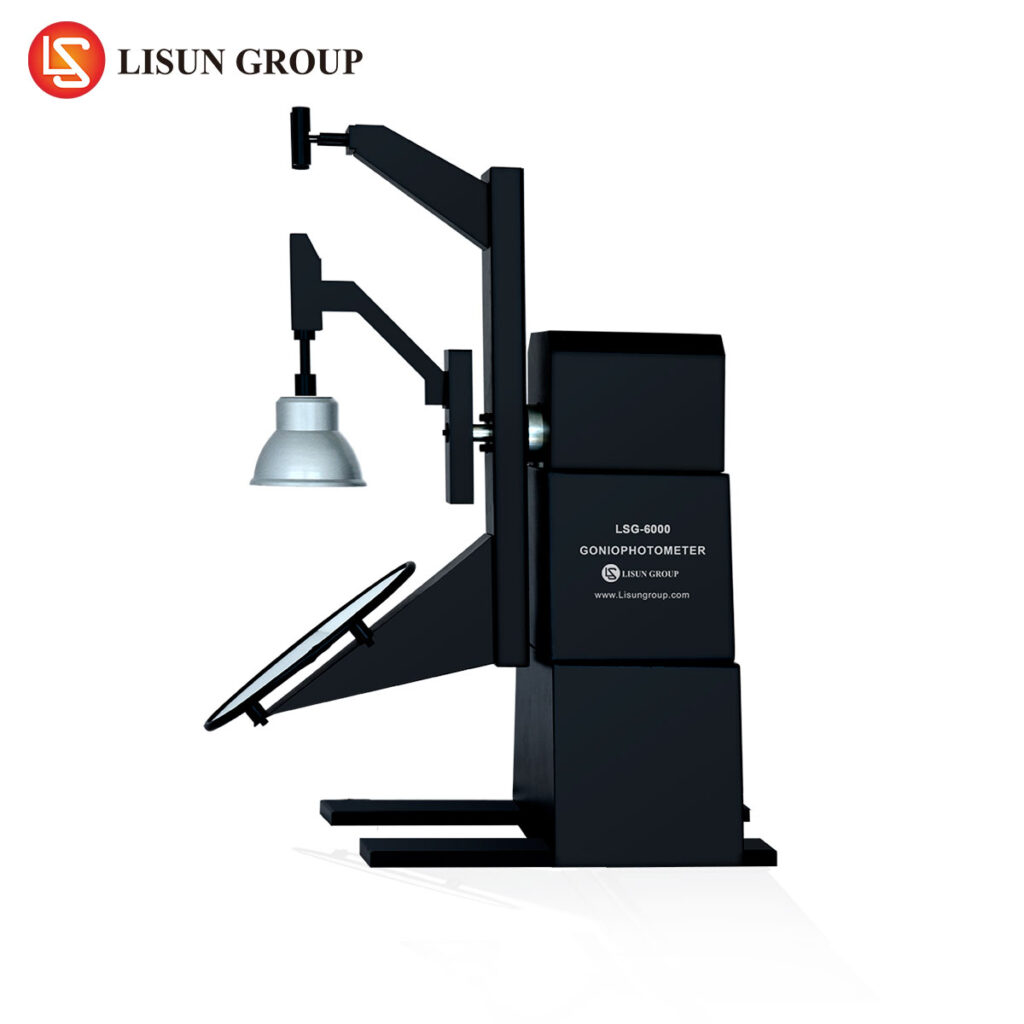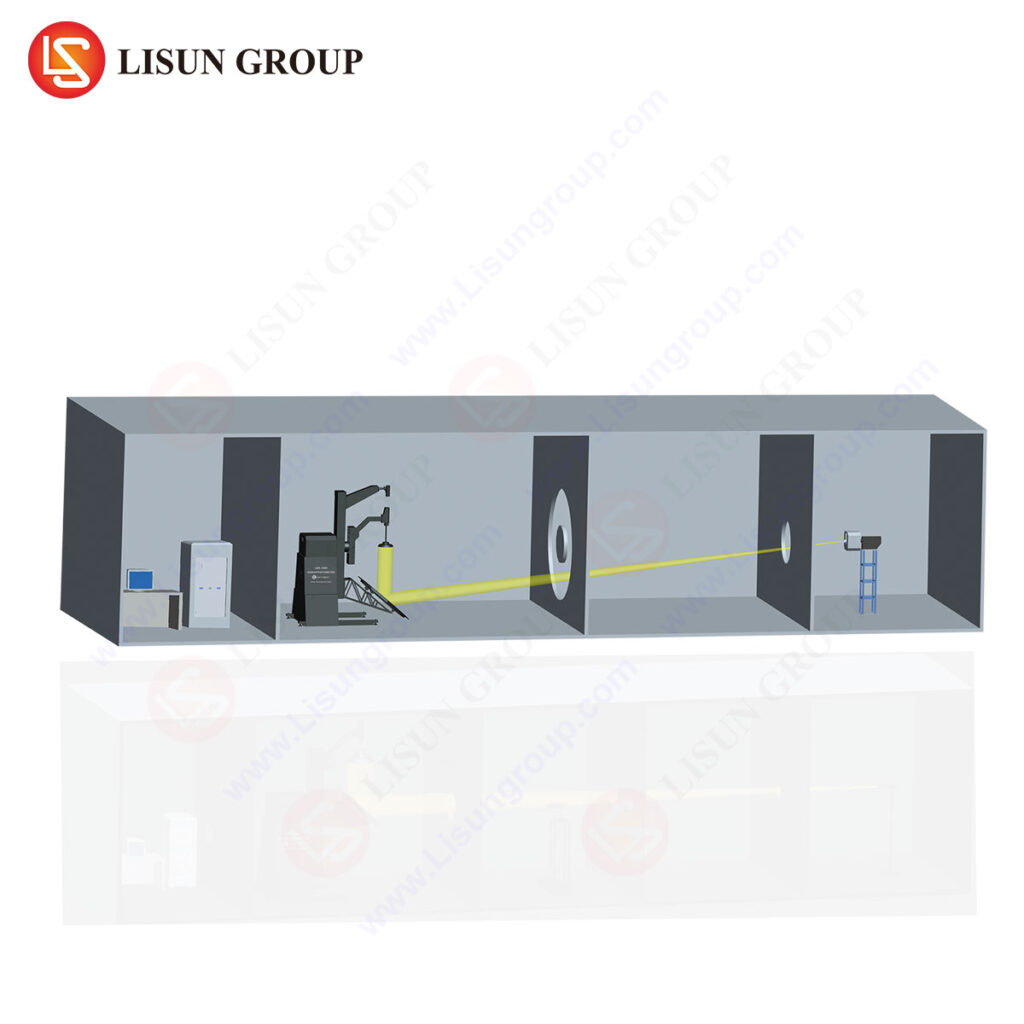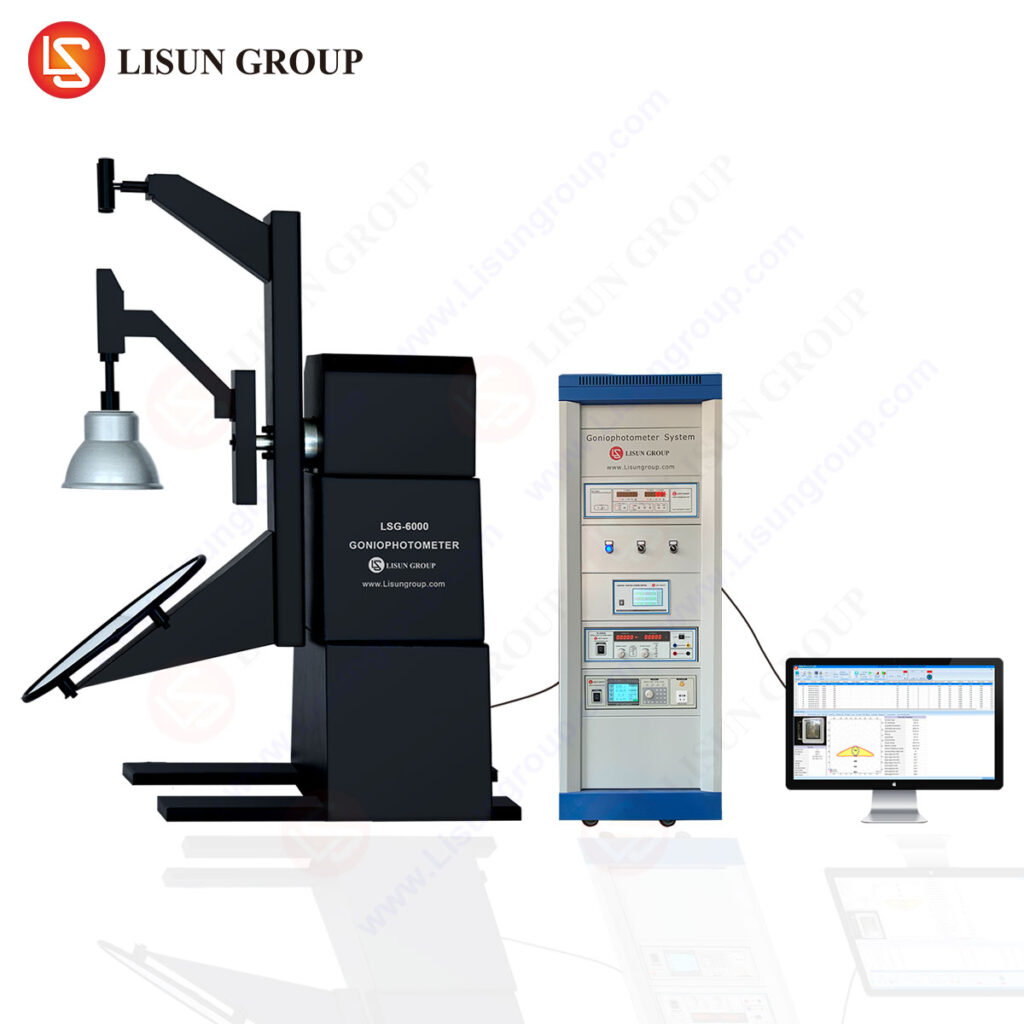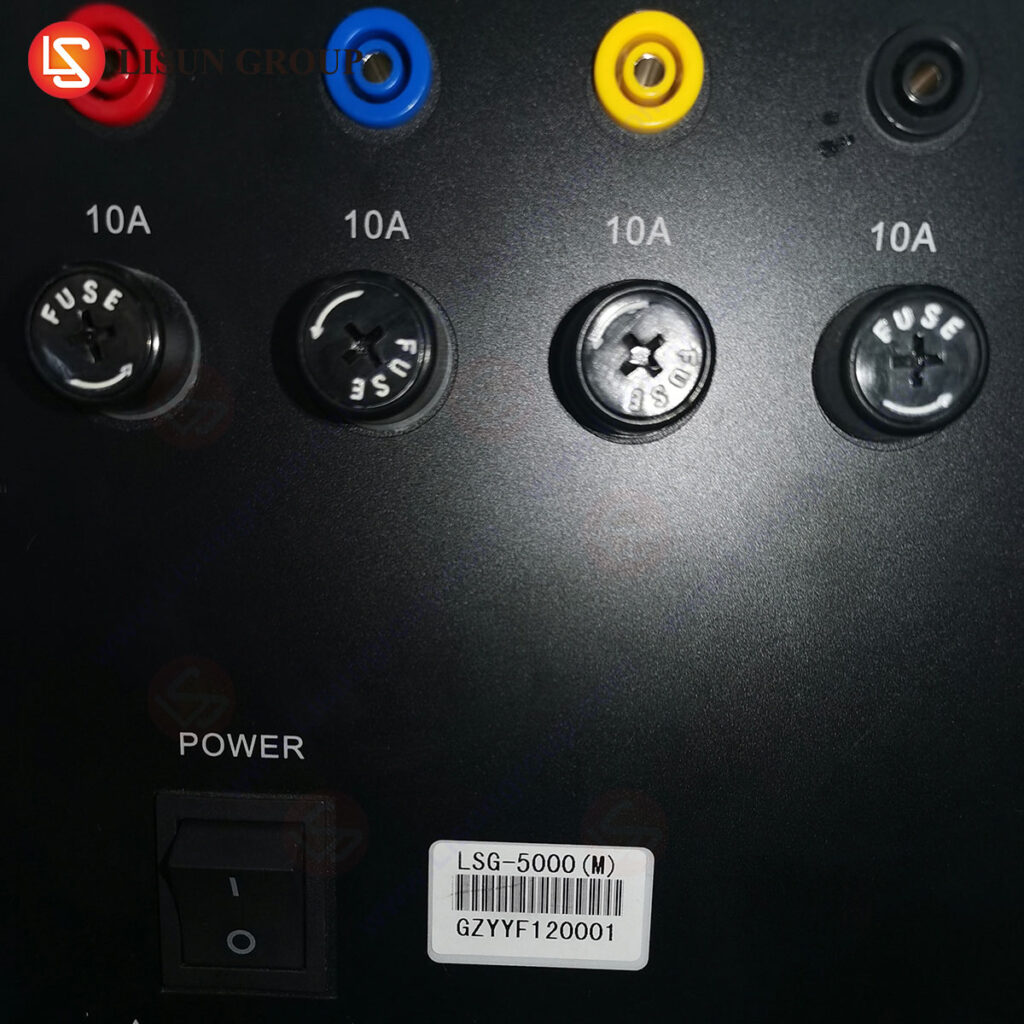Introduction to Optimizing LED Performance with goniometer light measurement
LEDs are becoming increasingly popular in lighting applications due to their energy efficiency and long life. However, in order to ensure that LEDs are performing optimally, it is important to measure their light output. goniometer light measurement is a method of testing LED luminaires that can provide accurate and reliable results. This article will discuss the basics of goniometer light measurement and how it can be used to optimize LED performance.
goniometer light measurement is a method of testing LED luminaires that uses a specialized device called a goniometer. A goniometer is a device that measures the angle of light emitted from a light source. It is used to measure the light output of LED luminaires in order to determine their performance. The goniometer is placed at a specific distance from the LED luminaire and the light output is measured at different angles. This allows for a comprehensive analysis of the light output of the LED luminaire.
The results of the goniometer light measurement can be used to optimize the performance of the LED luminaire. By analyzing the results, it is possible to identify areas where the light output can be improved. This can be done by adjusting the angle of the LED luminaire or by changing the type of LED used. Additionally, the results can be used to determine the best placement of the LED luminaire in order to maximize its light output.
Advantages of Goniometer Light Measurement
Goniometer light measurement has several advantages over other methods of testing LED luminaires. First, it is a non-destructive method of testing, meaning that the LED luminaire does not need to be disassembled or damaged in order to be tested. Additionally, the results of the goniometer light measurement are highly accurate and reliable. This makes it an ideal method of testing LED luminaires for performance optimization.
Another advantage of goniometer light measurement is that it is relatively easy to use. The goniometer is a simple device that can be used by anyone with minimal training. Additionally, the results of the goniometer light measurement can be quickly analyzed and used to optimize the performance of the LED luminaire.
Conclusion
Goniometer light measurement is a useful method of testing LED luminaires for performance optimization. It is a non-destructive method of testing that provides accurate and reliable results. Additionally, it is relatively easy to use and the results can be quickly analyzed and used to optimize the performance of the LED luminaire. For these reasons, goniometer light measurement is an ideal method of testing LED luminaires for performance optimization.
FAQs
Q: What is goniometer light measurement?
A: Goniometer light measurement is a method of testing LED luminaires that uses a specialized device called a goniometer. The goniometer is placed at a specific distance from the LED luminaire and the light output is measured at different angles. This allows for a comprehensive analysis of the light output of the LED luminaire.
Q: What are the advantages of goniometer light measurement?
A: Goniometer light measurement has several advantages over other methods of testing LED luminaires. It is a non-destructive method of testing, it is highly accurate and reliable, and it is relatively easy to use. Additionally, the results of the goniometer light measurement can be quickly analyzed and used to optimize the performance of the LED luminaire.
Q: How can the results of goniometer light measurement be used to optimize LED performance?
A: The results of the goniometer light measurement can be used to optimize the performance of the LED luminaire. By analyzing the results, it is possible to identify areas where the light output can be improved. This can be done by adjusting the angle of the LED luminaire or by changing the type of LED used. Additionally, the results can be used to determine the best placement of the LED luminaire in order to maximize its light output.





